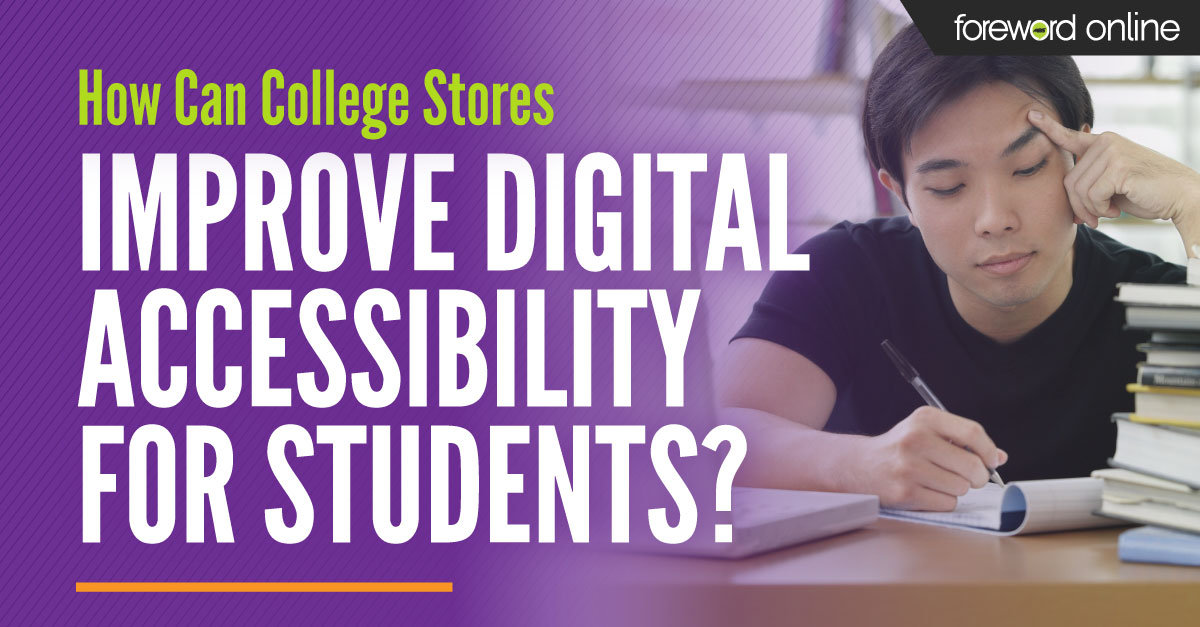“Print is dead.”
“Digital will never last.”
Everyone has an opinion about the print vs. digital debate. Facts and figures can be quoted for both sides, making a compelling argument for each. The cost of print can be too much for students to shoulder. Retention is harder to achieve with digital. Back and forth, the argument can go on forever because the truth is neither platform is inherently bad or good. Both have unique pros and cons that make the decision about which one to choose nearly impossible.
How print has survived.
Print course materials will always have a place in education. In the 2016 U.S. Student Attitudes Toward Higher Education report by Nielsen, students preferred print to digital for course materials. They found that 39% bought new, 13% rented and 17% bought used course materials, leaving only 31% to purchase digital. A lot of factors go into a student’s decision about which course material to purchase which has helped to maintain print’s industry edge.
Books don’t run out of batteries in the middle of a study session or class. Students can easily make notations and highlight as they study (paper is the preferred method for note-taking for 75% of students). Students read print materials differently than they do digital, naturally retaining more information from print thanks to a better cognitive-mapping. All of this should amount to a stable market position, but print also has a downside—which for a third of the students makes digital the better option.
Drawbacks for print include: carrying a backpack of heavy books increases the curvature of the spine, the immediate accessibility of print materials is dependent on them being in stock and the cost. Despite being able to sell the books back, new print course materials remain the most expensive option and financial stress on students can negatively impact their academics and health. While used and rented materials lower the cost, is it enough?
Don’t dismiss digital.
Digital brings a lower cost and convenience to the student that print hasn’t matched. When asked to buy expensive course materials with no other options available, many students choose to go without, leaving them unprepared for their classes. This leads to the question, if a less expensive digital option is offered on every textbook, would the students buy more of their required course materials?
It was noted in a recent survey that given a cheaper option, a third of the students will choose the cost-saving option over their preferred format. Students may answer a survey question that they prefer print, when it comes time to buy, their checkbook weighs more heavily on their decision than a preference.
Digital is slowly building its market by filling a need print ignores. It offers cost-savings, an infinite stock, multimedia educational tie-ins and is environmentally friendly. The student can have the necessary course materials for class immediately with no long lines or waiting for the package to arrive. Also, one eReading device can carry thousands of books while weighing less than one paperback, making it easier to carry on large campuses with a lot of space between classes.
Despite these factors, digital isn’t ready to overtake print. As the industry is studied, digital materials may change the way they present information to increase the student’s ability for cognitive-mapping, but it hasn’t happened yet. Also, digital material can’t be sold back, lending is restricted (if available at all) and the student has to own a device. (Traditional Textbooks vs. eTextbooks – Pros and Cons)
While digital made an early splash in the education world, it hasn’t been able to sink print. Until either model adapts to address all of the various factors that still make the other appealing, the best option is to offer both to students. Between new, used, rental and digital, there are options to fit almost any student’s needs. Let them decide which factors are most important to their educational experience.




